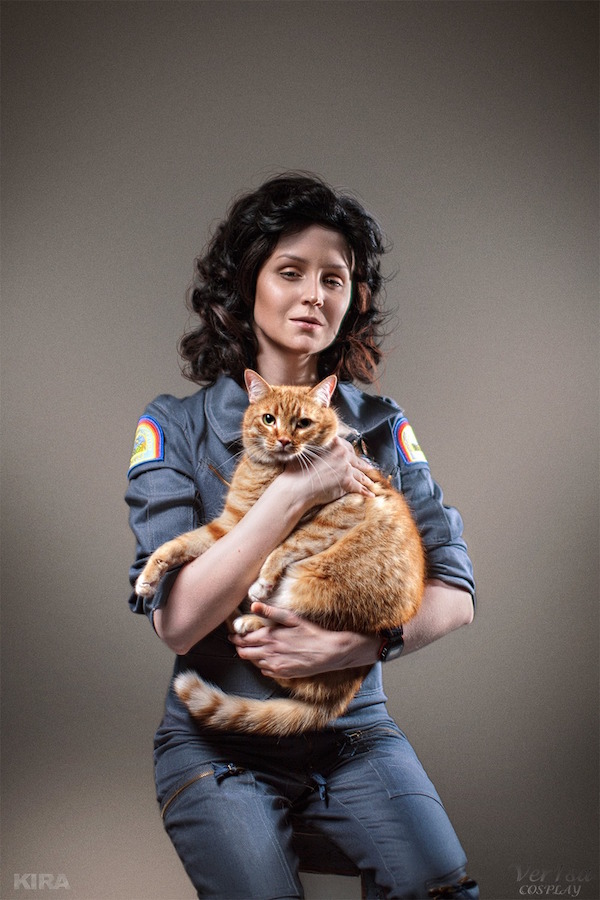Richland Single Estate Old Georgia Rum is made from cane grown, cut, distilled and rested on the premises of a 100-acre plantation in Richland, Ga. International awards and gold medals have poured in for this field-to-glass rum. Courtesy of Richland Rum hide caption
toggle caption Courtesy of Richland Rum
Ah, rum, with its legendary pirates bellowing for grog, tiki umbrellas peeking up from neon-colored cocktails, tequila-spiked punch at college parties. Rum, universally imbibed and yet often scorned. Most rum is “the distilled essence of industrial waste,” in the words of Wayne Curtis, author of And a Bottle of Rum: A History of the New World in Ten Cocktails. That waste is molasses, the byproduct of sugar production. After the molasses has been fermented, flavorings, colorings and sugar are often added in.
But craft rum — that is an entirely different and savory spirit, says Curtis: “I’ve judged three spirit competitions in the past year, and I’m very bullish on rum.”
Not surprisingly, the South — once a hub for sugar plantations — is spearheading a craft rum renaissance, as small distilleries turn away from molasses and cull fresh sugar cane itself to create smooth liquors with grassy, warm, woody or floral flavors.
High Wire Distilling sources its flavor-intense, blue-ribbon variety of cane, with its signature blue-hued stalk, from three local farms. The differences in soil lend taste distinctions to each batch — the coastal cane has more salinity; the inland, a brighter, banana-like flavor. Courtesy of High Wire Distilling hide caption
toggle caption Courtesy of High Wire Distilling
“Adventurous drinkers are starting to see rum as a terroir spirit,” says Ann Marshall, who, along with her husband, Scott Blackmore, founded the award-winning High Wire Distilling in Charleston, S.C.
High Wire makes a traditional-style cane rum, inspired by the rhum agricole invented in the West Indies and strictly regulated by the French government there.
“The beautiful thing about agricoles,” says Blackmore, “is that you cannot add flavoring, coloring or sugar. It has to be distilled from raw sugar cane juice. We follow those rules, although since we are not located in the French West Indies, we call ours a Low Country agricole.”
To make its signature agricole, High Wire ferments fresh cane juice from locally grown cane that is distilled and rested in wooden barrels for a year. Says Marshall, “We are taking this crop out of the ground and juicing it in its entirety — with bits of dirt, organic matter, all that delicious cellulose, those natural yeasts. That’s why it tastes so unique.”
High Wire sources its flavor-intense, blue-ribbon variety of cane, with its signature blue-hued stalk, from three local farms. The differences in soil lend taste distinctions to each batch — the coastal cane has more salinity; the inland, a brighter, banana-like flavor. The bottles are appropriately labeled according to the farm the cane came from. “I was talking to Wayne Curtis,” recalls Blackmore, “and he told me that in Martinique, the taste distinctions are so marked that they label each tank by the field or hill it came from, and then create a special blend. I find it more interesting, however, to keep them separate.”
A big challenge with fresh raw cane juice is to get it into the still as quickly as possible — within hours, says Blackwell. Otherwise it will start to ferment on its own. A sip of High Wire’s agricole is indeed astonishing — fruity, earthy, pungent — and lingers on the tongue.
Georgia-based Richland Rum ages its product in white oak barrels for 32 to 48 months, with the barrel number printed on the label. Hector Manuel Sanchez/Courtesy of Richland Rum hide caption
toggle caption Hector Manuel Sanchez/Courtesy of Richland Rum
About 350 miles southwest of High Wire, in Richland, Ga., Erik and Karin Vonk of Richland Rum are crafting Richland Single Estate Old South Georgia Rum — the only single estate rum in the country, made from cane grown, cut, distilled and rested on the premises. They grow cane on their 100-acre plantation, cut and juice it, then boil it into a syrup that retains the bright vegetal and floral notes of the original plant. It is that syrup they ferment and distill, in copper, gas-fired stills hand-forged in Portugal. The rum is aged in white oak barrels for 32 to 48 months, with the barrel number printed on the label. (Used barrels go to Terrapin Beer in Athens, Ga., where the rum-infused oak lends a special flavor to aged beer.) International awards and gold medals have poured in for this field-to-glass rum, from the 2014 International SIP Awards to the 2016 Good Foods Award.
A Holland-born transplant, Erik Vonk says his grandfather’s house in Rotterdam “had high ceilings and paneled walls lined with bookshelves and bottles of fine rum. On holidays we’d end our meals with a rum-drenched plum pudding brought in flambé. Fast-forward decades later, and I decided to become a rum-maker.”
The soil in Richland is a loamy sand that grows an aromatic cane. The Vonks have experimented with 17 cane varieties, but their favorite thus far is an heirloom Georgia Red, which they learned to grow with the help of the University of Georgia. The couple plans to craft fresh — rather than aged — rum as well, a silkier, sweeter spirit they will call Virgin Coastal Georgia Rum. They will be opening a second distillery in Brunswick, Ga., a popular tourist destination on the coast, in 2017.
“You make what you grow,” says Kelly Railean, the owner of Railean Distillers in San Leon, Texas, along the Gulf Coast. Rum has a long history in the region, and tiki bars abound. She opened her own rum distillery in 2007, and though many of her craft rums rely on molasses, she, too, makes a cane juice rum, which she calls Grand Cuvee Sugarcane Juice Rum and sells at her distillery only. “I wanted to call mine an agricole,” she remarks, “because it truly is, but the U.S. agency that regulates liquor refused.”
“Rums made from sugar cane are grassy, fresh and herbaceous,” she says. “For those who are regular wine drinkers, I compare this kind of rum to a sauvignon blanc, as opposed to rum from molasses, which might be compared to a chardonnay.”
Nick Detrich, owner of the rum-focused New Orleans cocktail bar Cane and Table, says that “for sheer variety, no spirit holds a candle to rum.”
If the rum you know and spurn is that sticky-sweet schlock, mass produced from molasses, it may be time to taste some Southern sipping-style rums.
“There’s an artistry to rum,” says Railean. “A good rum can be savored just like craft bourbon.”
Jill Neimark is an Atlanta-based writer whose work has been featured in Discover, Scientific American, Science, Nautilus, Aeon, Psychology Today and The New York Times.
Let’s block ads! (Why?)












